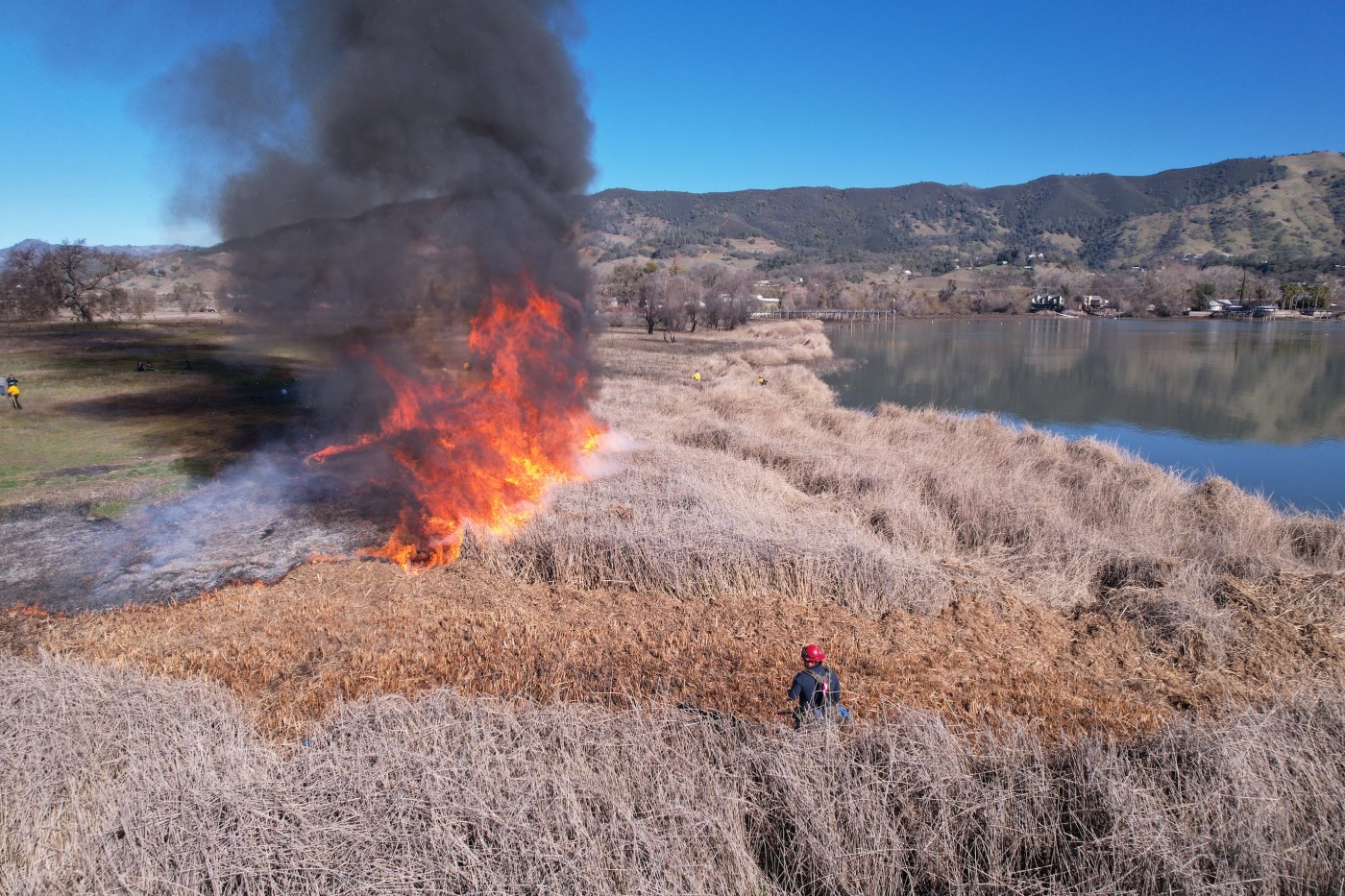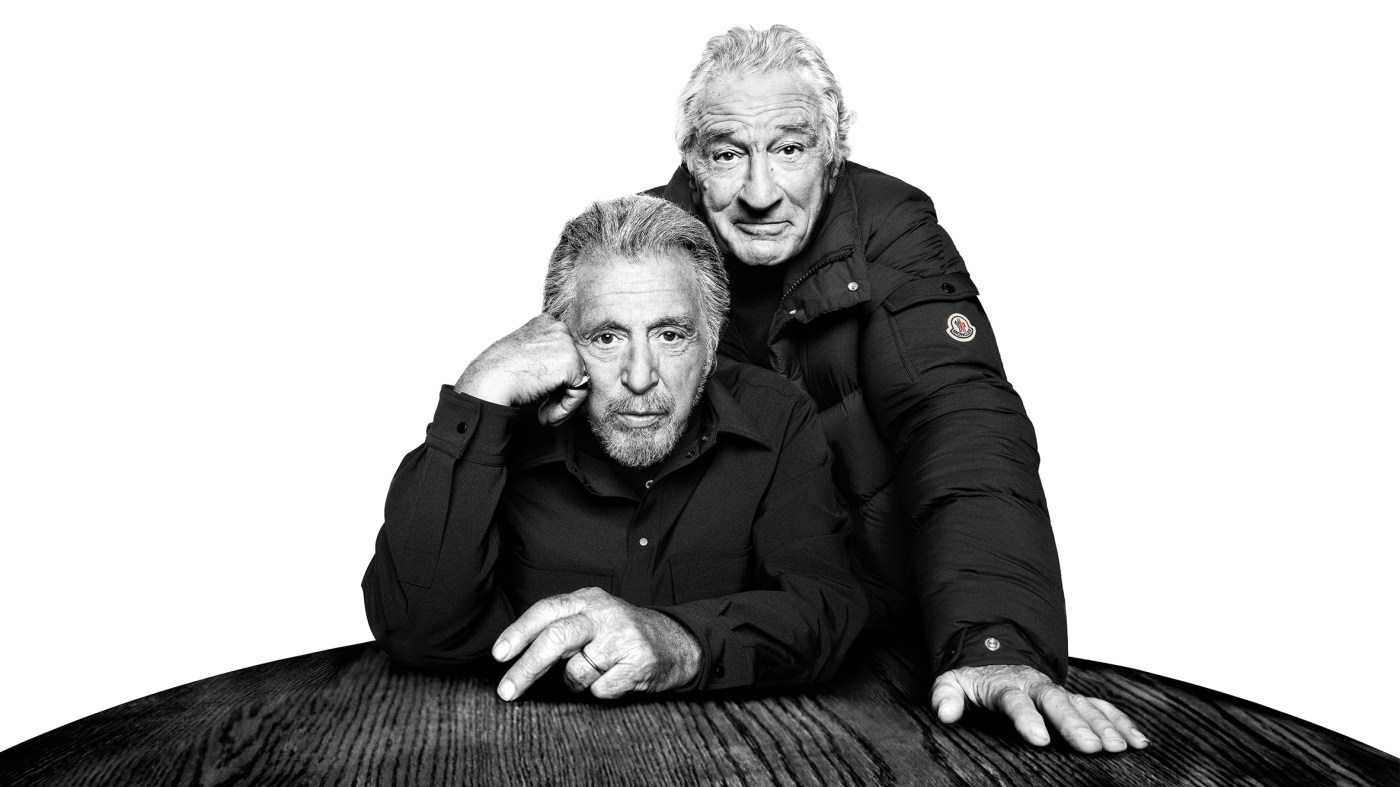The impact of fire on land, the environment, health and communities, a topic often discussed in California, is often dominated by expressions of sensationalism.
Related Articles
Latest line: a good week for Speier, bad one for former Windsor mayor
From news media reports magnifying catastrophic wildfires with shaky, first-person videos and panicky audio made on cell phones to partisan politicians and public persuaders whose voices on opposite sides of a dividing line strive to separate fire’s ecology, history, culture and environmental causes into good or bad scenarios, it’s easy to end up confused, distrustful, even dismissive.
The Oakland Museum of California’s new exhibit, “Good Fire: Tending Native Lands,” is meant to expand understanding and extrapolate truth from all the noise surrounding fires. Opening Friday and continuing through May 31, visitors are introduced to the land management practices; materials; creative and artistic byproducts; and cultural principles and traditions of Northern California’s Native American communities, among them controlled, or “good,” fire.
“Good Fire” displays fire seen through a new lens in three sections. The “Working with Fire” section focuses on the tools and techniques native communities used to sustain healthy ecosystems. Artwork, storytelling, plants and even seeds make visual the healthy, astonishing outgrowths generated by fire.
“Good Fire, Interrupted,” the second section, asserts that settler colonists warped and discarded native people’s knowledge and their respectful land stewardship activities such as “cultural burning” (“good fire” controlled burns) and prairie preservation. Highlighting the synchronicity of indigenous Northern California communities’ longstanding use of fire to support biodiversity and sustain essential sources of food and medicine, the exhibit section avoids conflating the diversity of the state’s tribes and regions into a monolith.
The last section, “The Future of Fire,” consists of short films, baskets from the Pomo tribe’s Corine Pearce and Patricia Franklin and from the California Indian Basketweavers Association’s collection, along with information about collaborative initiatives led by tribal communities and their allies.
The exhibit was co-curated by Dr. Brittani Orona, a UC Davis professor and member of the Hupa tribe, and Ryder Diaz, the Oakland Museum of California’s curator of natural sciences. Developed in collaboration with native Northern California fire practitioners, artists, ecologists and cultural leaders, Orona says in an interview that she was astonished by how many native people and non-native allies are working in tandem on issues around “good fire.”
“Whether it’s the Cultural Environment Management Council in Yurok territories or Pomo basket weavers or North Fork Mono people in the Southern Sierra, the amount of people working to do cultural fire was a surprise.”
Additional intrigue for Orona, a recognized historian and public humanities scholar, came from learning about hazel, beargrass and other basket weaving materials and tools such as wormwood torches used to start “good fires.” Artists whose works display tangible art practices using “good fire” amplify the exhibit’s overall message.
The exhibit illustrates how essential materials, food and medicines are directly or indirectly produced by “cultural burning.” Each native tribe is shown to have a unique creation story and different land-based lifestyles and traditions.
“I’m Hupa and come from that position,” Orona said. “Since time immemorial, every tribe has a relationship with the land they are created from. It’s specific and from that, there’s a holistic ethic that comes from all of the native collaborators.”
Orona says that in all the narratives, protecting the land from the violence of extraction that occurred after colonization is inextricably linked to native peoples’ past, present and future.
“There were attempts to assimilate us into White culture, to exterminate us, make us not native,” she said. “It’s important to push back against occupying forces and also to understand settler perspectives. We’re (maintaining) our culture despite, and free of, the violence that continues today. Native people are showing their resilience by practicing fire and land management that protects landscapes.”
Museum curator Diaz says he considers himself fortunate to have grown up in a home with a backyard in decidedly urban San Francisco.
“I spent a lot of time picking up logs, sticks and rocks to look for creatures hiding underneath,” he says, noting that California Slender salamanders were particularly fascinating to him due to their tiny, almost invisible legs. Diaz says that as someone who is observational and curious by nature, he recalls feeling safe and calm in the natural world.
Early interest led to Diaz’s educational aspirations — a master’s degree in population biology and a certificate in science communication — and a career in science. Before arriving at the Oakland museum in 2019, Diaz worked at the California Academy of Sciences and before that served as a health producer for area National Public Radio affiliate station KQED’s “The California Report.”
Diaz says his favorite parts of the “Good Fire” exhibit include the introductory display that counters the usual catastrophic portrait of fire.
“Many people these days experience fire or see fire on the news that’s scary, destructive, with structures and lives threatened,” he says. “We create a different vibe with two video panels that show cultural fires. The videos show a burning in Mariposa (near Yosemite National Park). The overlaid audio has sounds of crackling fire, people talking, laughing. It shows good fire as a communal experience, joyful and a gentle fire instead of fire out of control.”
A hands-on display involving insects taps back into Diaz’s childhood impulse to closely examine tiny creatures. Using a magnifying lens, people view beetles that arrive post-fire, attack only decomposing trees and set off a food chain.
“Those beetles encourage woodpeckers to come in — they eat the beetles — and create nest cavities in trees they use for only one year, which encourages other birds to come in following years,” Diaz says.
Another insect, the filbertworm moth, lays eggs that bore into acorns, eating the nut and leaving only the shell.
“Those acorns then become inedible for native people who depend in them as a food resource. Cultural fire mitigates filbertworm moths and other pests.”
Ultimately, Diaz emphasizes the exhibit’s underlying theme: the idea that there is reason for optimism despite colonization and the ongoing extractive and exploitive actions of people not centered on reciprocity but on profit.
“This is an opportunity to learn from things done for thousands of years, to gear up and support a different vision of a good fire future.”
Orona tells her students they have a choice.
“In relation to the land they can be negative — littering, extracting, polluting. Or they can be positive and restore, conserve and give land back to native people. You can be allied. ‘Good Fire’ shows the way to a best relationship to land and better fire practices in California.”
For online tickets and details about the exhibit, visit museumca.org/on-view/good-fire-tending-native-lands.
Lou Fancher is a freelance writer. Reach her at [email protected].





